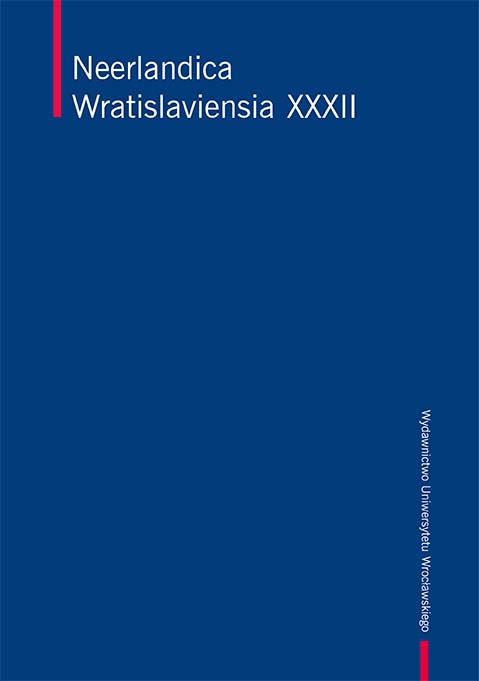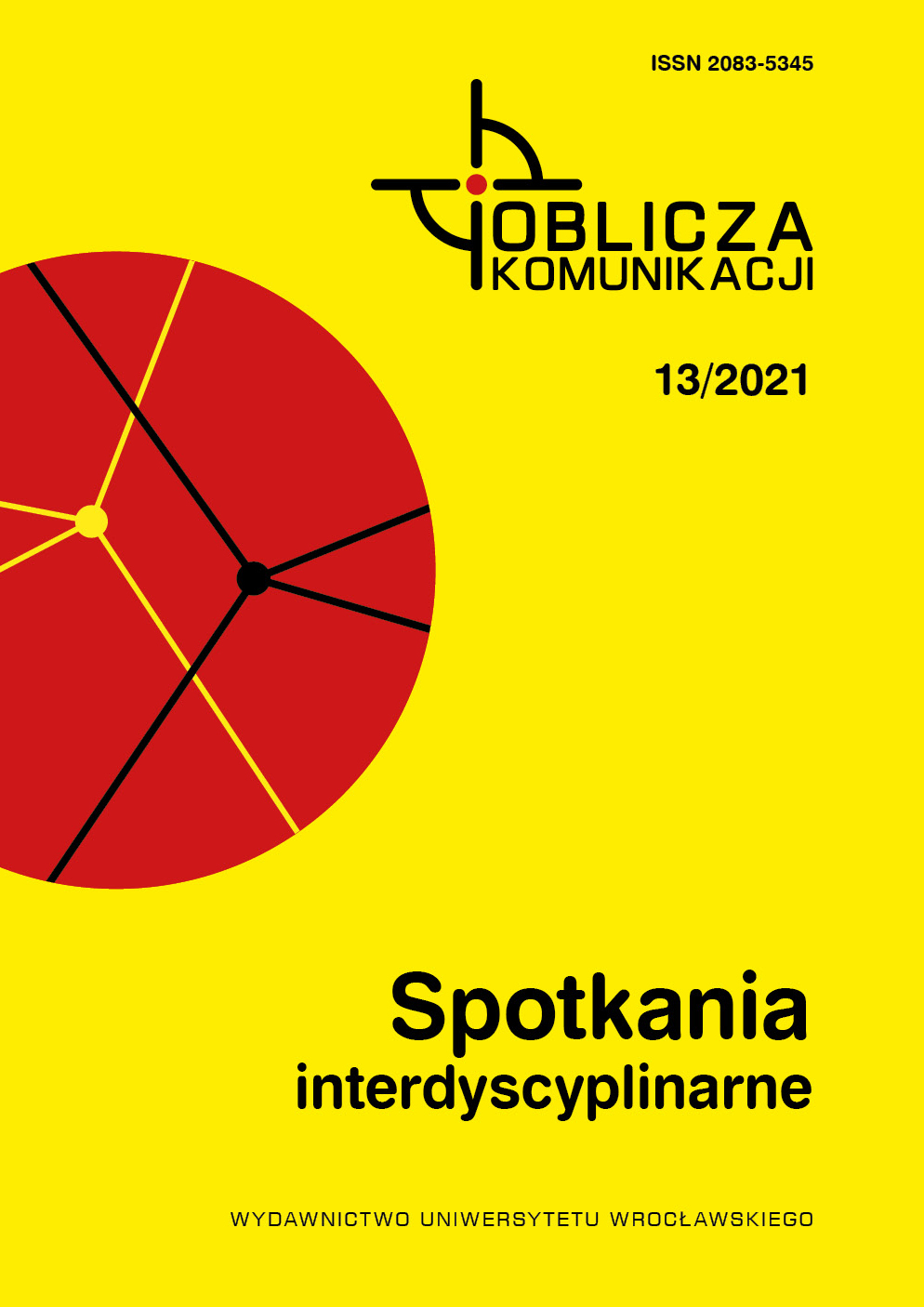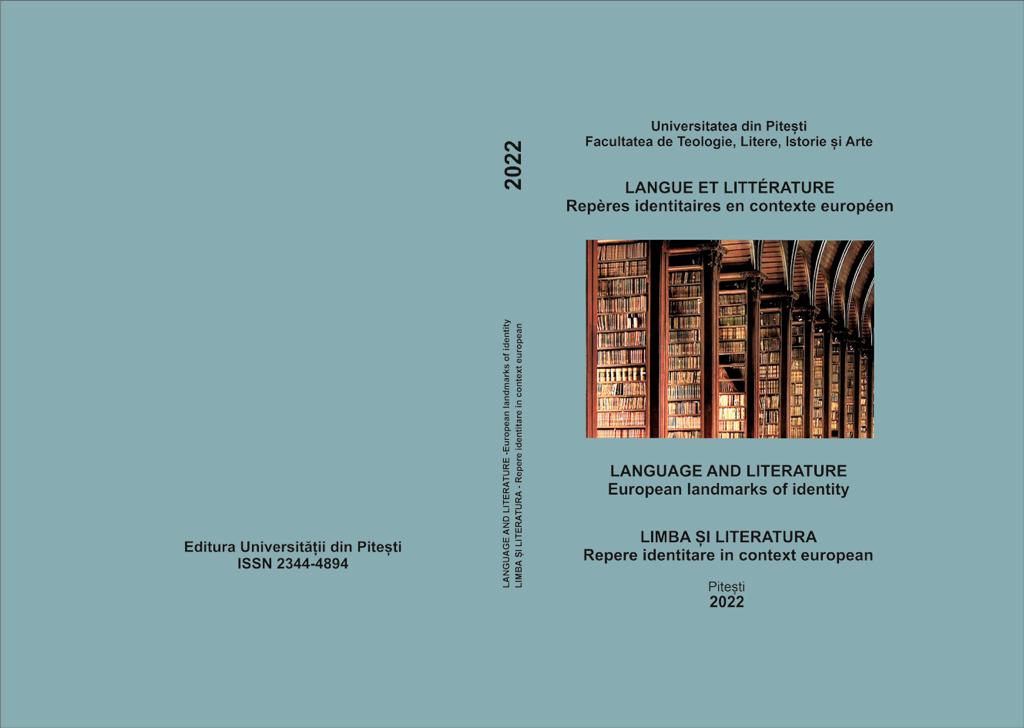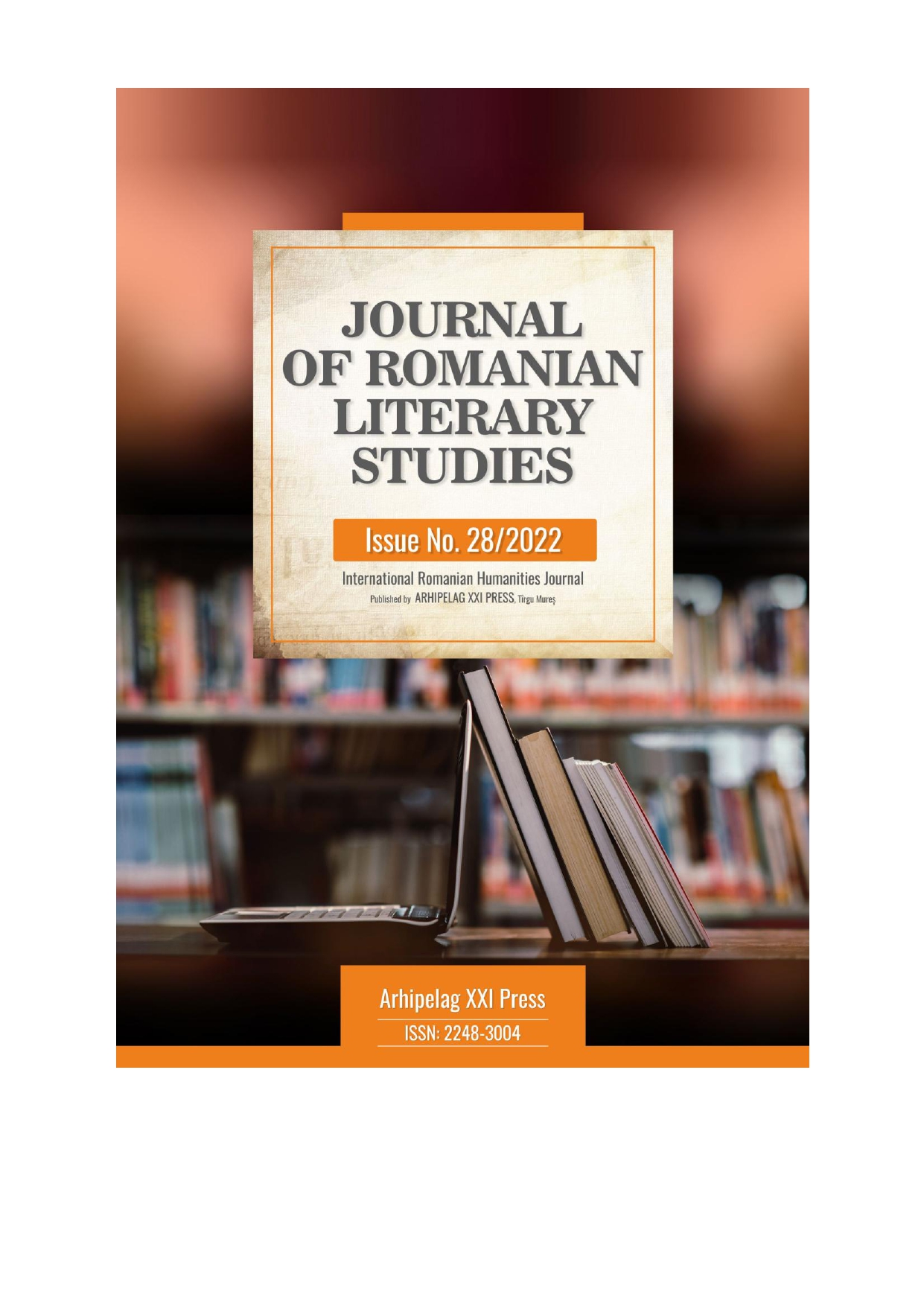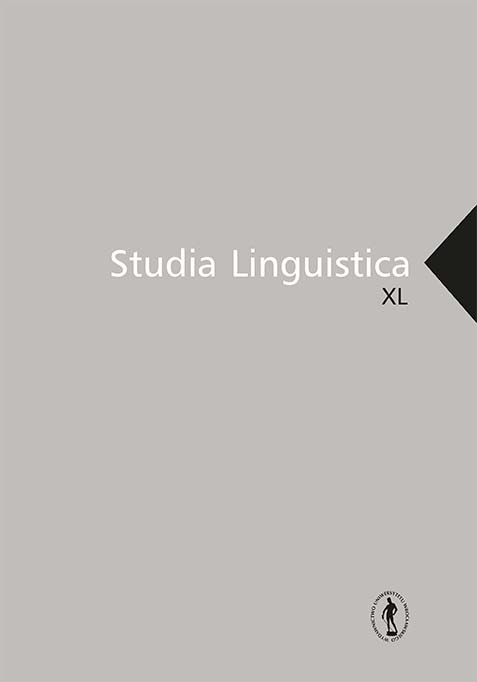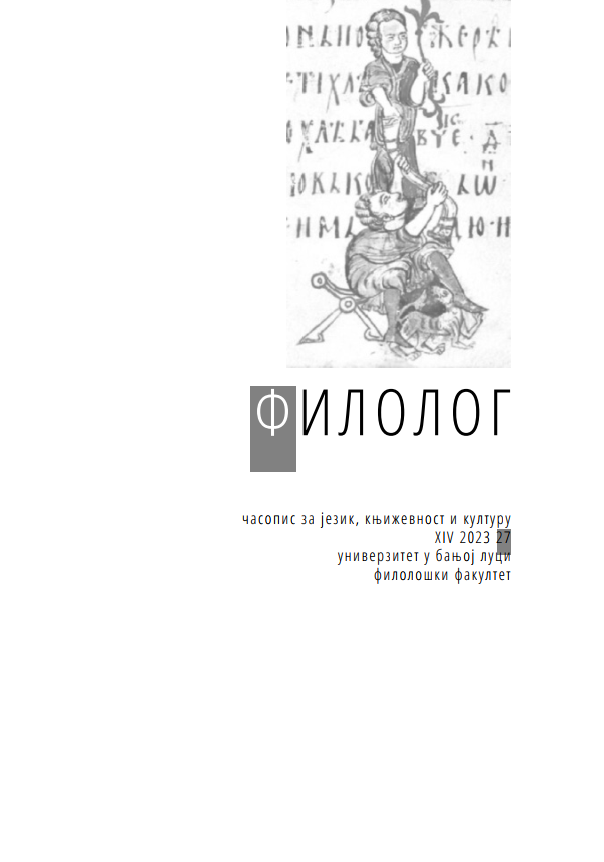LA DYNAMIQUE TERMINOLOGIQUE DANS QUINZE SECTEURS PROFESSIONNELS À MOSTAGANEM-ALGÉRIE
The professional vocabulary in Algeria and the verbal exchanges within the specialty remain little studied. This is one of the motivations that led us to take an interest in it. During this intervention, it will be a question of describing and analyzing the terminological dynamics within fifteen professional sectors in Mostaganem. It is true that in this category, whether they are seasoned craftsmen or novices in the trade, the terminology represents their linguistic identity within their respective specialties. In Algeria, the presence of French and Arabic in the mother tongue would complicate communication between peers. It remains legitimate to identify the component of this specialized vocabulary that circulates among these sectors of activity. It is imperative to determine to what degree the Algerian monopolizes the specialty and how it differs from the ordinary Algerian present in the mother tongue. Do the artisans know the form/meaning relationship of the terminological unit, namely the signifiers? And are they better mastered, because they are found in everyday language.
More...
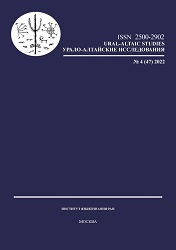
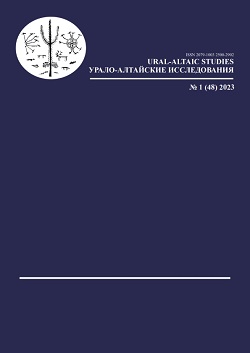
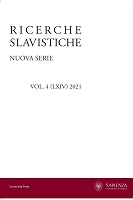
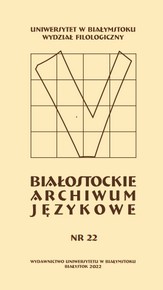
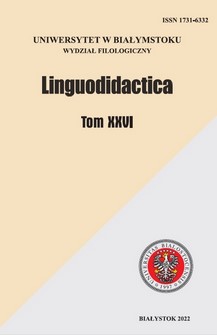
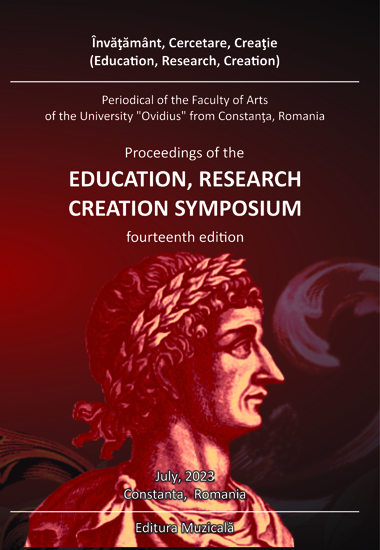
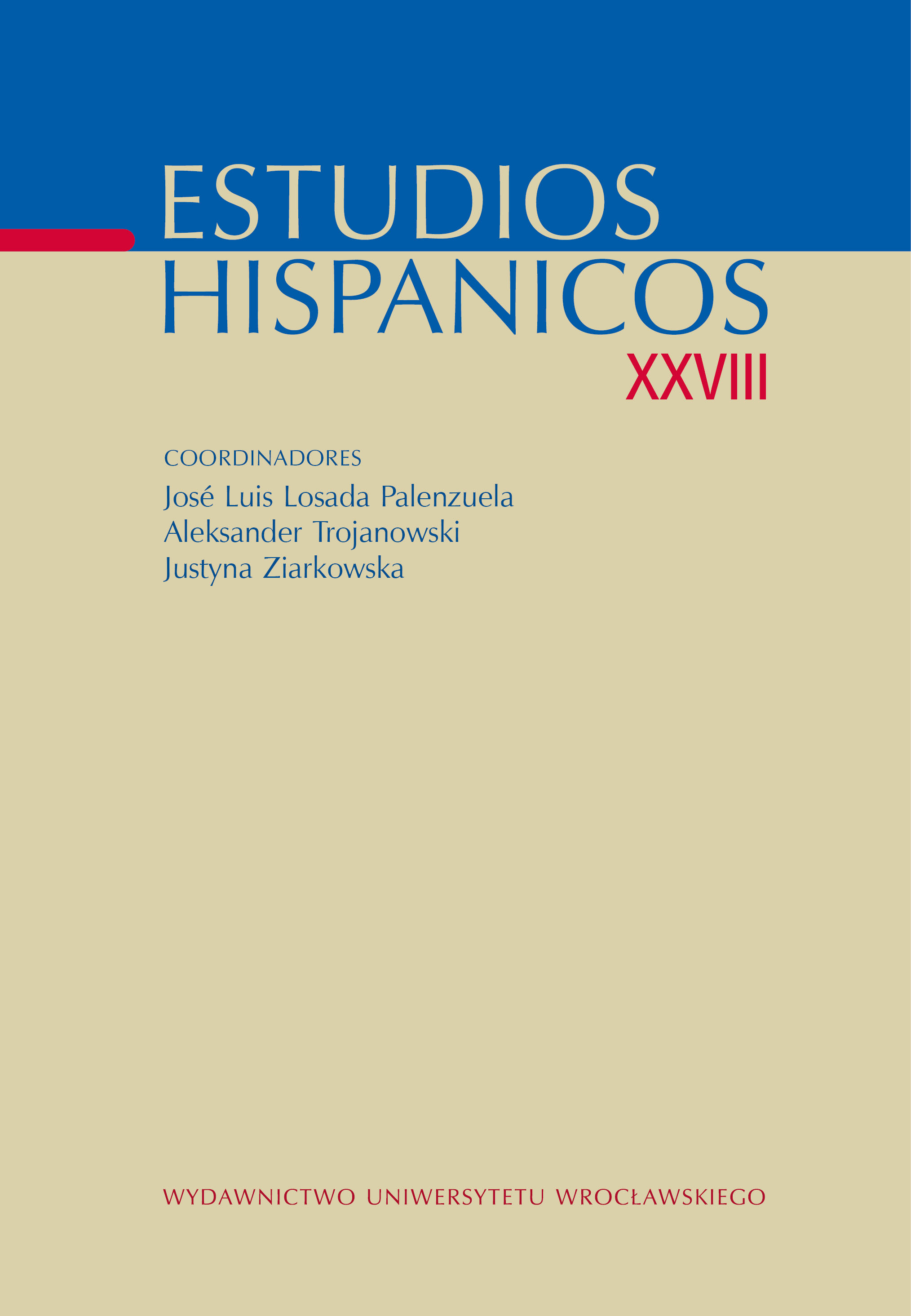
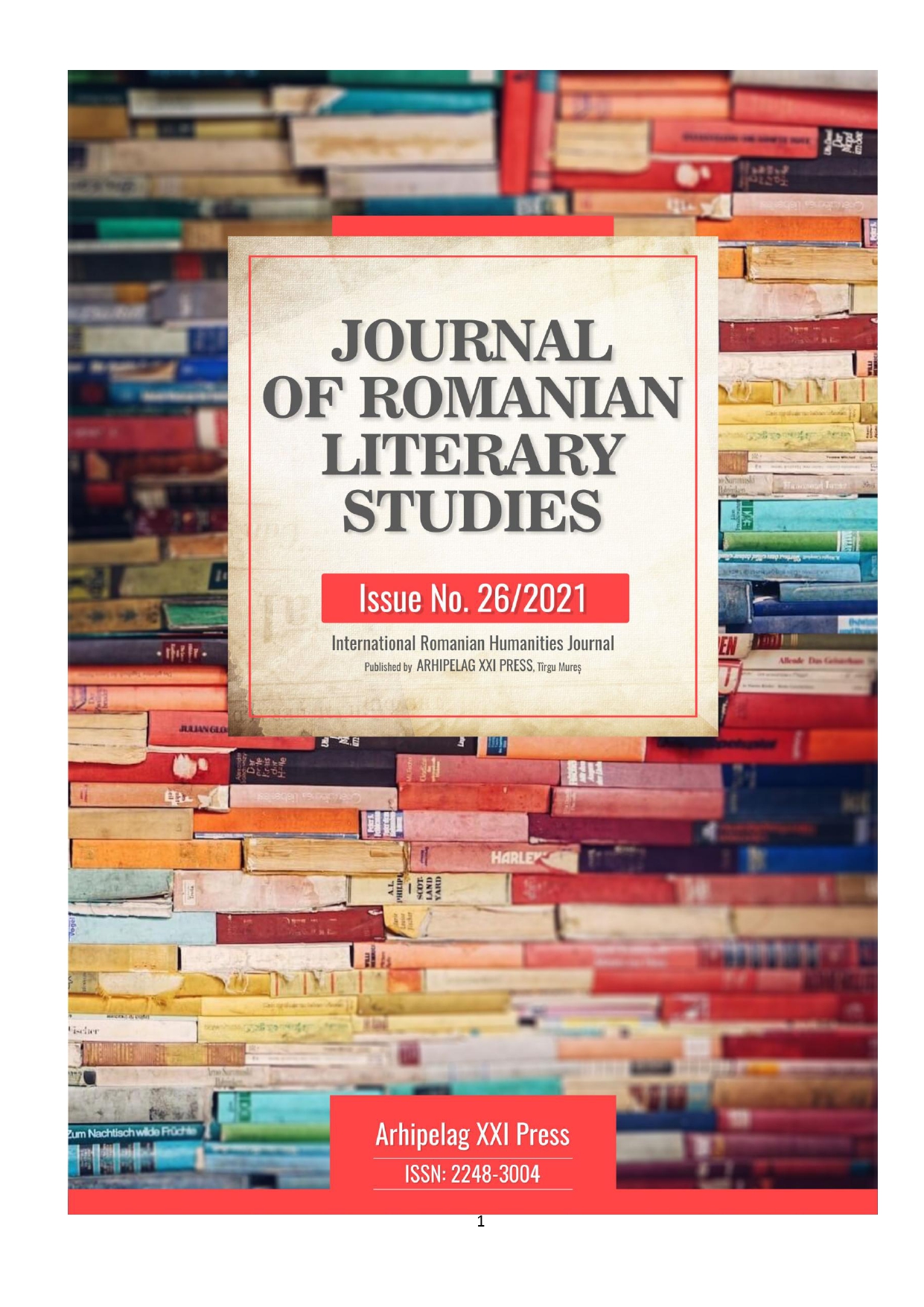
![Goed gehoord, goed gezegd? Auditieve waarneming van het verschil tussen de Nederlandse [e:] en [ɛi] en de invloed ervan op articulatorische reproductie van de Nederlandse [e:] door Poolse moedertaalsprekers](/api/image/getissuecoverimage?id=picture_2021_76991.png)
